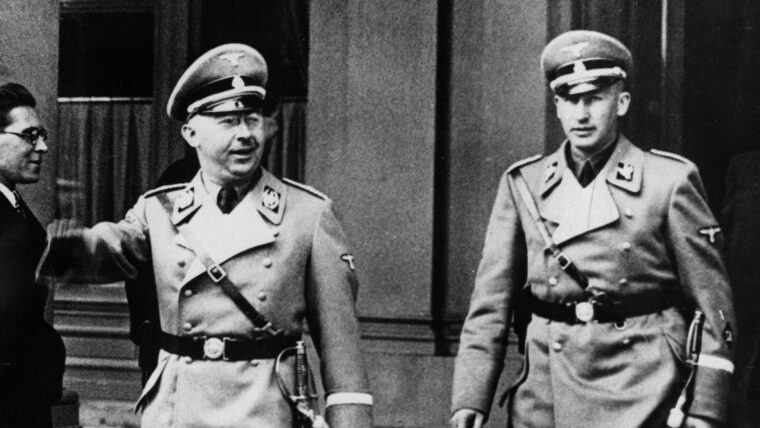
Spring 2011
WWII Quarterly, Editorial
World War II as a Campaign Issue?
In the recently concluded midterm elections, who could have guessed that World War II would have been a campaign issue for one of the candidates? Read more

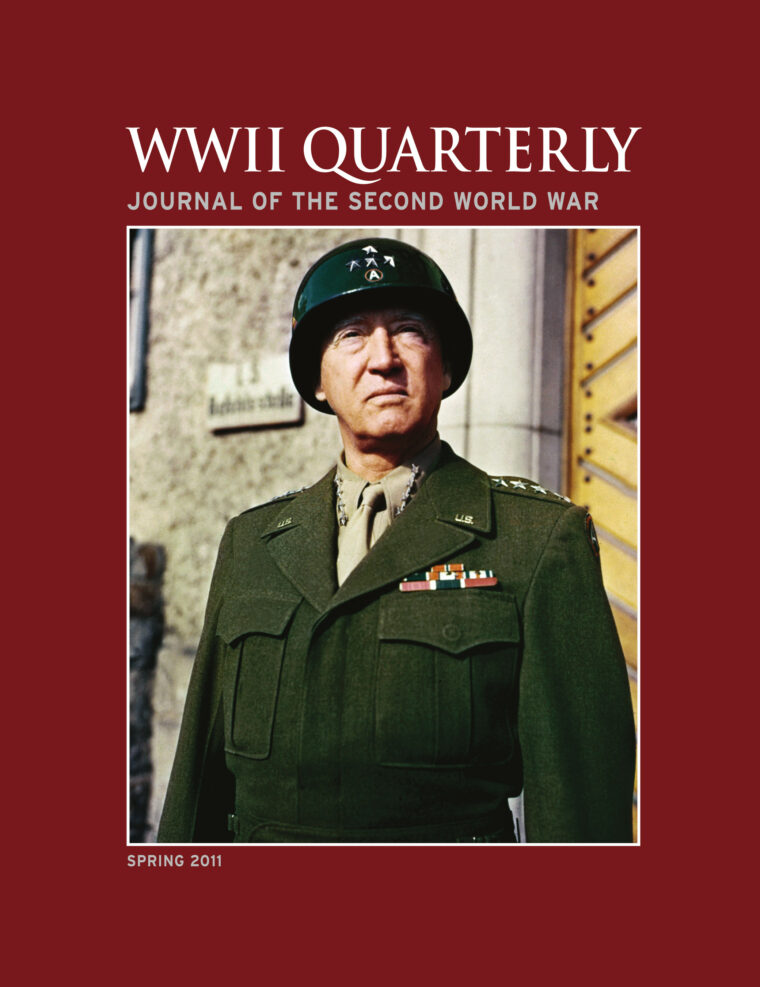
Volume 2, No. 3
COVER: General George S. Patton Jr., commander of the U.S. Third Army, 1944. Rue des Archives/The Granger Collection, New York.

Spring 2011
WWII Quarterly, Editorial
In the recently concluded midterm elections, who could have guessed that World War II would have been a campaign issue for one of the candidates? Read more
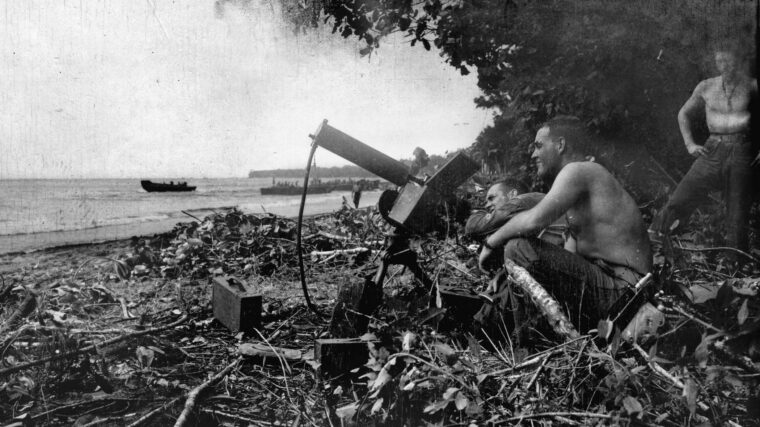
Spring 2011
WWII Quarterly, Personality
“Banzai! Banzai!” screamed the Japanese at the top of their lungs as they launched a ferocious night attack against Marines dug in on Guadalcanal. Read more
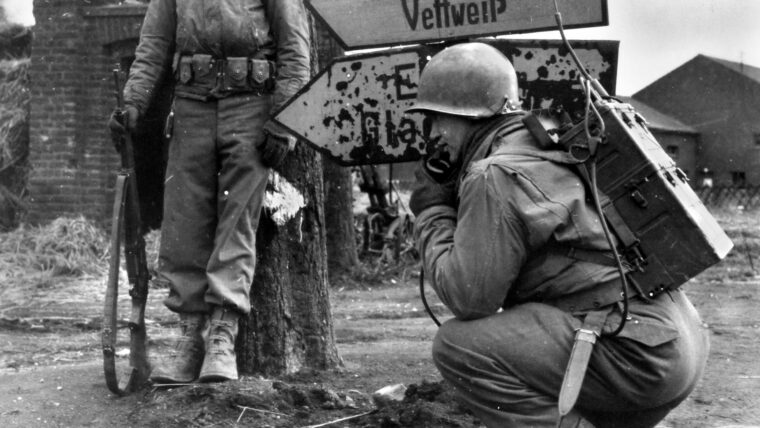
Spring 2011
WWII Quarterly, Technology
Early in 1945, in the Northern Appenine mountains of Italy, T/5 Harvey, a radioman with the 10th Mountain Division, is carrying his WW2 radio backpack, the ever-handy SCR-300, into combat for the first time. Read more
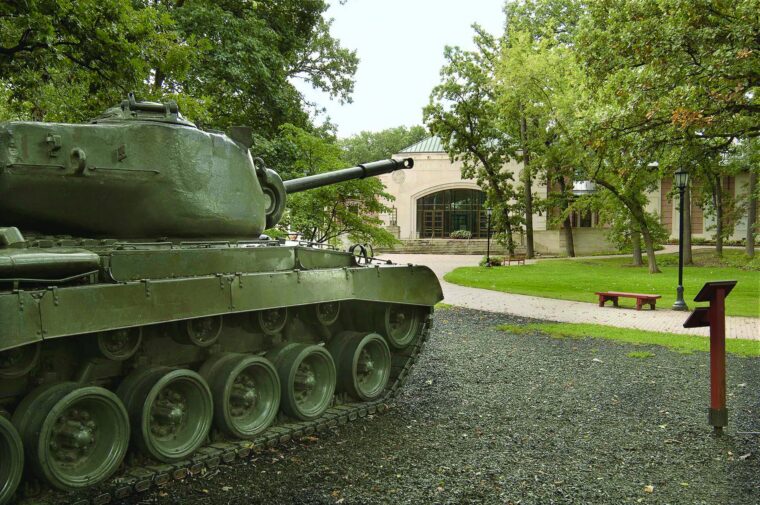
Spring 2011
WWII Quarterly, Museums
One of America’s finest military museums, the 1st Division Museum near Chicago, presents the history of America’s oldest division––from its inception in World War I, through World War II, the Cold War, the jungles of Vietnam, and Desert Storm. Read more
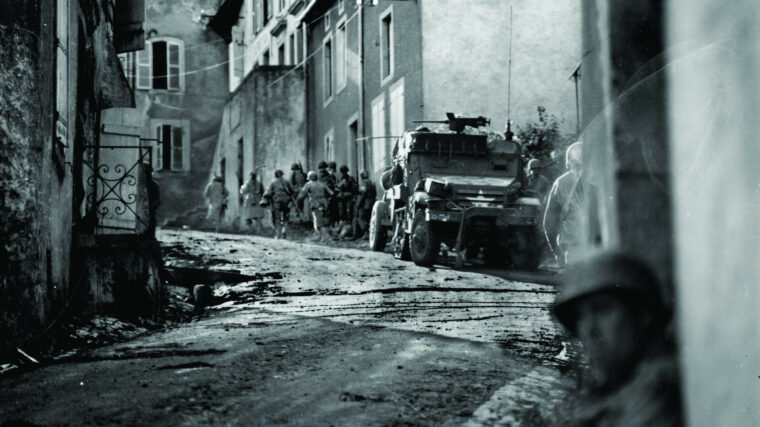
Spring 2011
WWII Quarterly
By mid-September 1944, the U.S. Third Army was poised to strike at the soft underbelly of Adolf Hitler’s Third Reich along a fabled corridor in northeastern France used for centuries by armies tramping across Europe. Read more
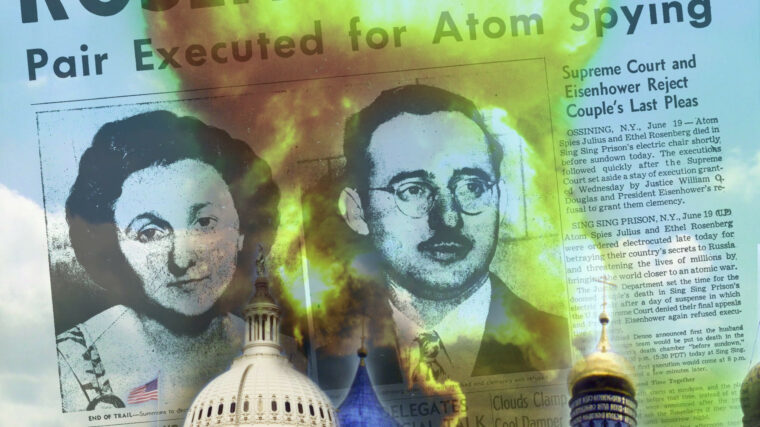
Spring 2011
WWII Quarterly
On February 1, 1943, a group called the U.S. Army Signal Intelligence Service, the forerunner of the modern-day National Security Agency (NSA), began a project to intercept and analyze diplomatic signal traffic sent by an ally of the United States: the Soviet Union. Read more
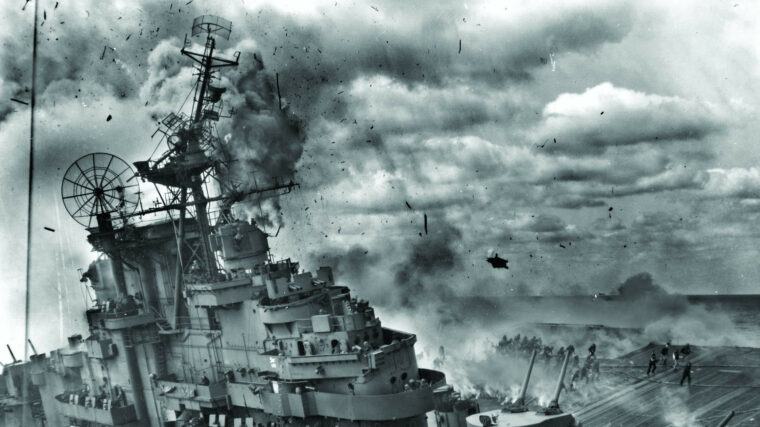
Spring 2011
WWII Quarterly
On March 19, 1945, the Essex-class carrier USS Franklin (CV-13), dubbed “Big Ben,” lay 50 miles off Honshu, one of Japan’s Home Islands. Read more
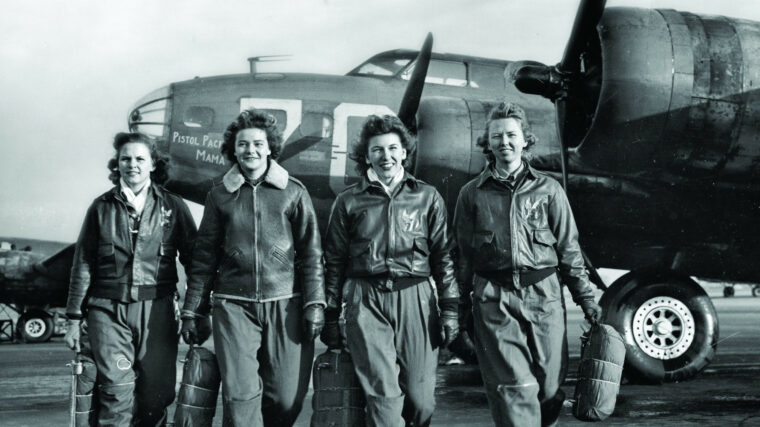
Spring 2011
WWII Quarterly
In 1941 two events took place on opposite sides of the world that forever impacted the history of women in aviation. Read more
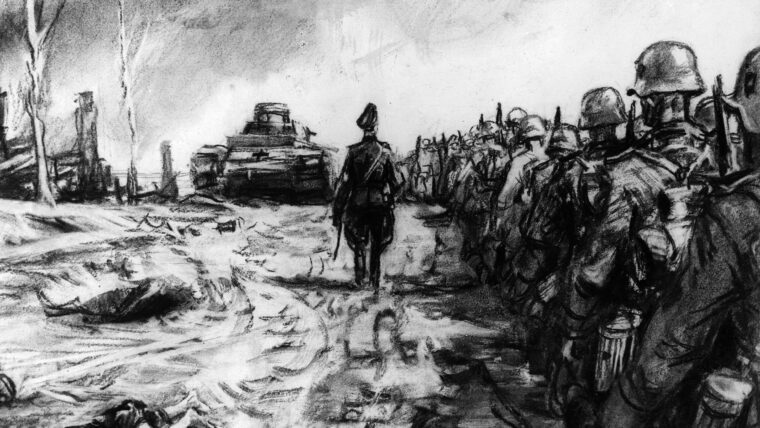
Spring 2011
WWII Quarterly
Operation Barbarossa, the German invasion of the Soviet Union in June 1941, showed the world the extent of Nazi brutality. Read more

Spring 2011
WWII Quarterly
By the 1930s, Shanghai was already a legend in its own time––the most modern, populous, and decadent city in China. Read more
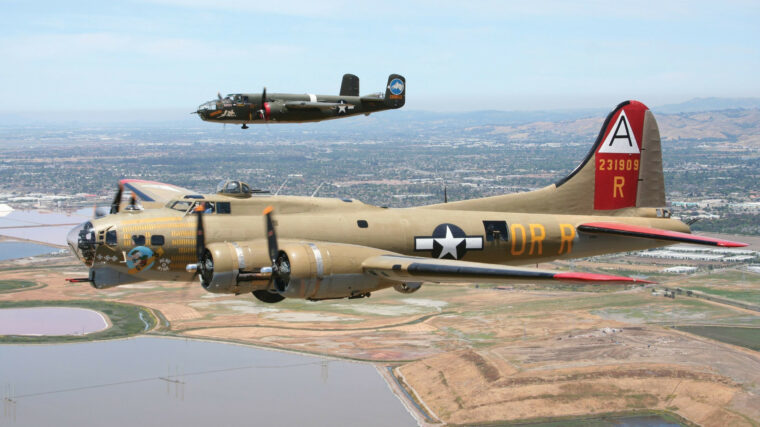
Spring 2011
WWII Quarterly
Delta Air Lines and former Northwest pilot Robert Trammell, 45, has made numerous 747 flights on Asian routes across the Pacific. Read more
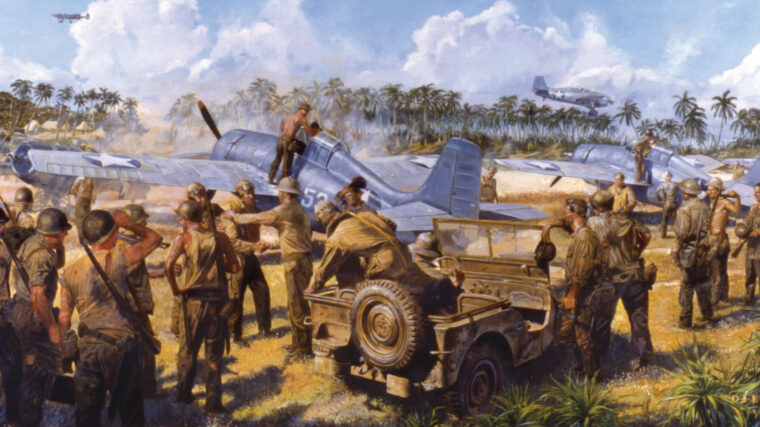
Spring 2011
WWII Quarterly
“As a returning flight of Marine SBDs, dive bombers, were setting down on the airstrip, one of the planes lost a bomb which had failed to release during the mission. Read more